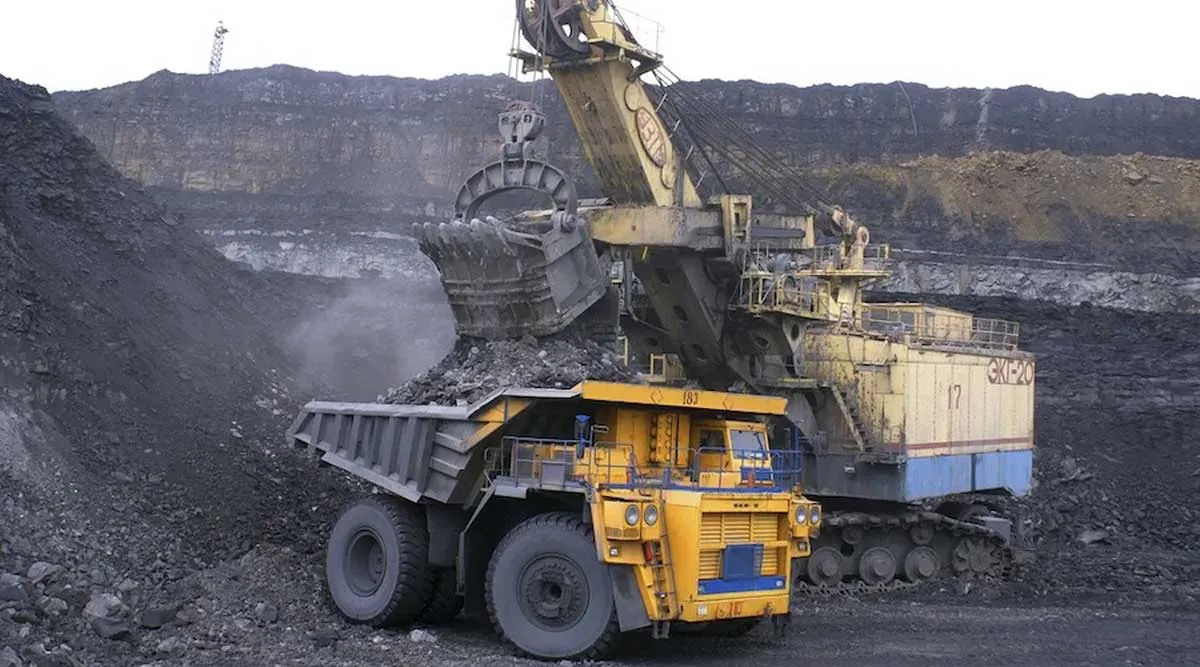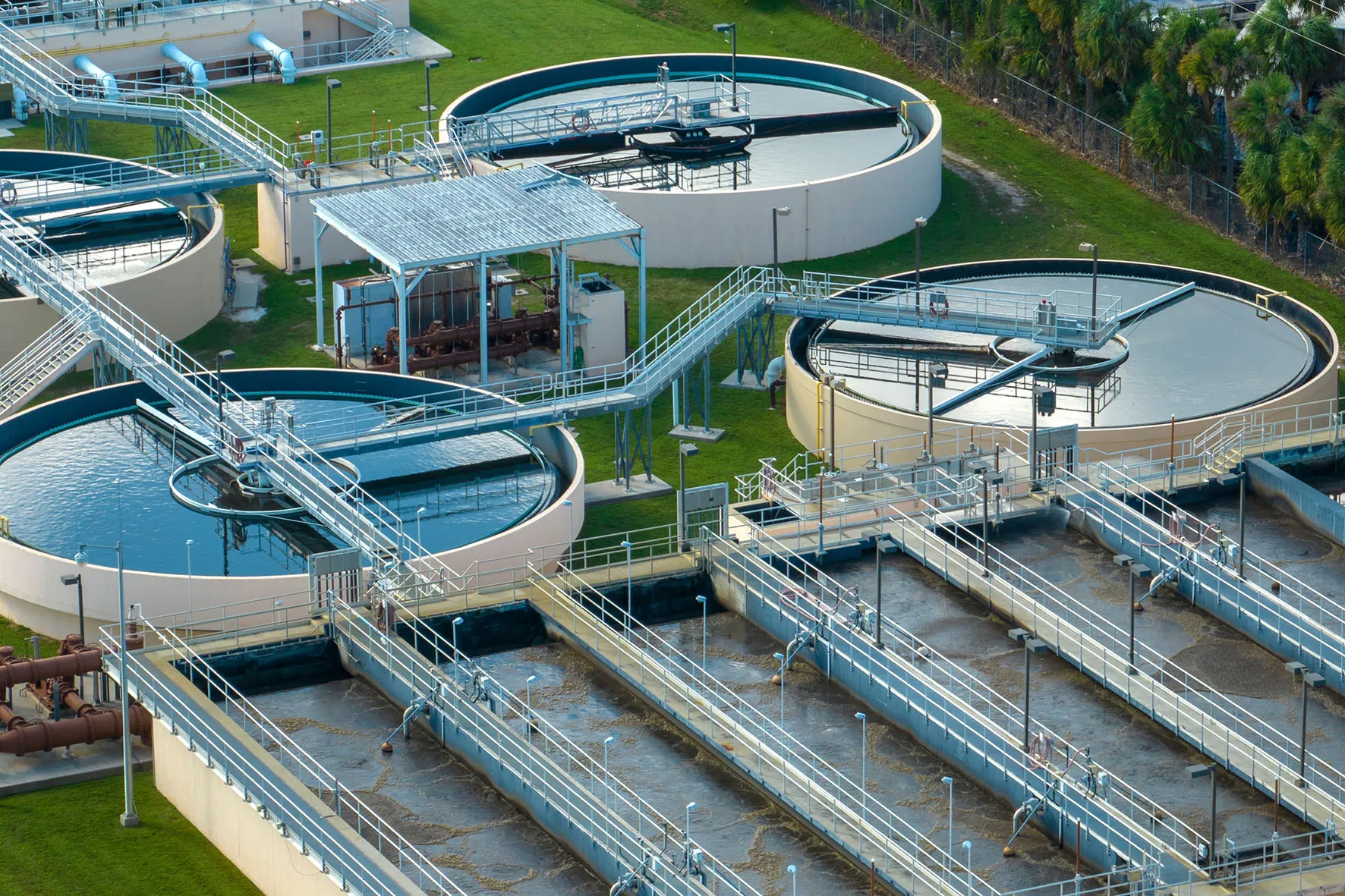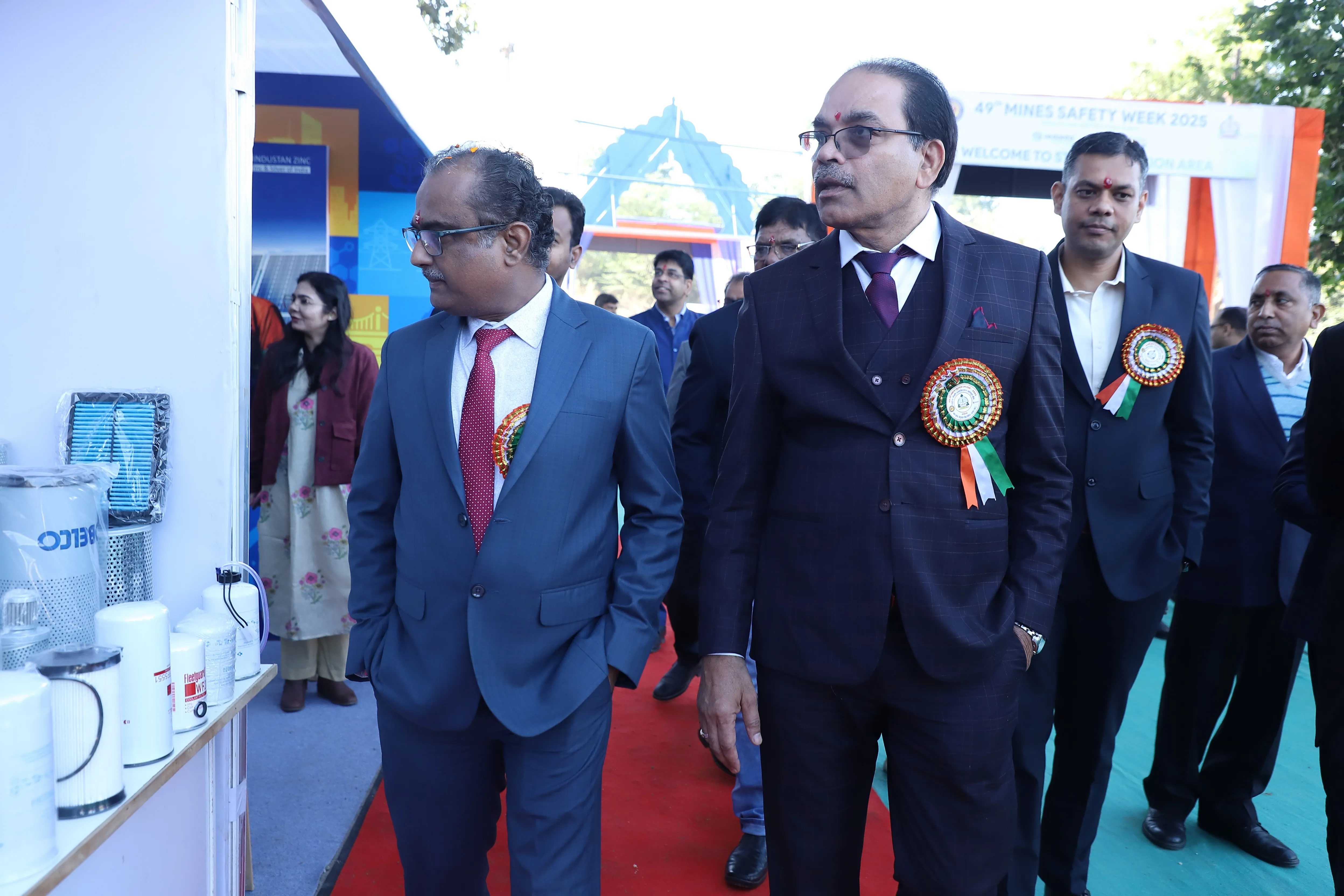
Karnataka slashes stamp duty on properties in Rs 35-45 lakh range

FutureCoal Launches India Chapter to Advance Sustainable Coal
FutureCoal, the Global Alliance for Sustainable Coal, has announced the launch of its India Chapter, marking a significant step in strengthening international collaboration on technology-driven decarbonisation and energy security in one of the world’s largest coal economies. The India Chapter will be chaired by PM Prasad, former Chairman and Managing Director, Coal India Limited.The launch comes at a time when governments and industries are reassessing energy strategies amid rising power demand, cost pressures, and the need for reliable electricity supply. With India surpassing one billion t..

Denta Water Wins Rs 1.06 Bn Karnataka Water Infrastructure Projects
Denta Water and Infra Solutions, a prominent civil engineering contractor specialising in water infrastructure, has secured four major projects worth over Rs 1.06 billion from the Karnataka Urban Infrastructure Development and Finance Corporation (KUIDFC), an undertaking of the Government of Karnataka. The projects further strengthen the company’s role in enhancing urban sanitation and wastewater management across the state.The contracts, valued at more than Rs 1.06 billion excluding GST, involve the construction, upgradation, and rehabilitation of Sewage Treatment Plants (STPs) and sewerage..

Hindustan Zinc Highlights Safety Focus at 49th Mines Safety Week
Hindustan Zinc reaffirmed its strong commitment to workplace safety and innovation with the successful conclusion of the 49th Mines Safety Week at its Zawar Group of Mines in Rajasthan. The week-long initiative was organised under the aegis of the Directorate General of Mines Safety (DGMS), Udaipur Region, and culminated in a closing ceremony held on 18 December 2025.The programme, themed “Breathe Safe, Beat the Heat – Prevent Silicosis and Heat Stress,” witnessed participation from more than 450 mines and over 900 delegates, prize winners, and officials from across the region. Mines ins..
















